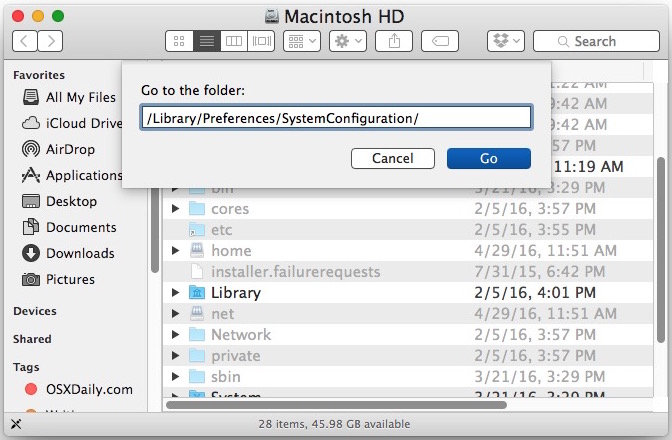La Coursiere Mac OS
Mac OS (All cursers) Cursor Set by yellowwinner. All of the Mac OS pointers.
- Mac OS (All cursers) Cursor Set by yellowwinner. All of the Mac OS pointers.
- All macOS cursors in SVG, PNG, PNG@2x, plus a Sketch file for editing. Thanks to @daleanthony and @mikeyclarke for showing me how to get these. This software is released under the Apple User Agreement.
- Jul 11, 1987 os. P was irman arner iident:ssion lwide took t 'the g. He with ojects es cords, et.,' the S care e im- about lace in Virgin 1st, to ion of A&M posts for Kulawick, Lacoursiere and Brearton A&M Canada Eastern Regional Manager Ray Rosenberg has announced the appoint- ment of Geoff Kulawick to the position of Ontario Promotion.
Developer: Algoryx Simulation AB
Release date: 2012
Interface language: English
Tablet: Is present
Platform: Intel only
To bookmarksAlgodoo (/ˌælɡəˈduː/) is a physics-based 2D sandbox freeware from Algoryx Simulation AB (known simply as Algoryx) as the successor to the popular physics application Phun. It was released on September 1, 2009 and is presented as: a learning tool, an open ended computer game, an animation tool, and an engineering tool. The software is functional with: desktop and laptop computers, touch screen tablets, and interactive white board systems such as SMART Boards. The physics engine in Algodoo utilizes the SPOOK linear constraint solver by Claude Lacoursière and a modified version of Smoothed-Particle Hydrodynamics (SPH) computational method. This program has been used by many people including: educators, students, and young kids.
History
In 2008, Emil Ernerfeldt created an interactive 2D physics simulator for his master's thesis project in computer science at Umeå University in Umeå, Sweden. This project was released for public and non-commercial use under the name 'Phun' and gained considerable attention after a clip of Ernerfeldt using the software went viral on YouTube. In May 2008, Ernerfeldt brought the Phun project to Algoryx Simulation AB, a company founded in 2007 by Ernerfeldt's former supervisor at Umeå University, Kenneth Bodin. In 2009, Phun was rereleased under the name 'Algodoo' (a combination of the words algorithm and do). The name change was motivated by the fact that the word 'phun' is used by many sites deemed inappropriate for younger users and the fact that trademarking 'phun' was nearly impossible. In October 2011, Algoryx released two new versions: Algodoo for Education and Algodoo 2.0.0.[citation needed In February 2017, Algodoo for iPad was updated to version 2.1.2 to maintain functionality with iOS 10. Now, there is a new 3D system called Algoryx Momentum, also made by Emil Ernerfeldt.
The drop down menu (accessed by double clicking or right clicking an object) includes several tools for liquifying, turning into sponges, cloning, and mirroring objects; for generating plots of physics-relevant quantities of the object (such as velocity vs. time or y-position vs. x-position); for selecting objects; for changing the appearance of objects (including the option to toggle the presence of velocity, momentum, and force vectors); for assigning text to an object; for changing the simulated material of the object (including such parameters as density, mass, friction, restitution, and attraction); for assigning and changing an object's velocity; for a list of the information about an object (including the area, mass, moment of inertia, position, velocity, angular velocity, momentum, angular momentum, energy (total), kinetic linear energy, kinetic angular energy, potential energy (gravity), potential energy (attraction), and potential energy (spring)); for assigning objects to various collision layers; for performing 'geometry actions' (such as gluing objects to the background, adding center axles, adding center thrusters, attaching tracers, attaching gears, or transforming the object into a circle); for editing objects via constructive solid geometry (CSG); for assigning keystrokes for controlling the object; and for opening a script menu for that selected object(s).
Lacoursiere Mac Os Catalina

User-created simulations in Algodoo are referred to as scenes. With the tools listed above, users can create complex scenes. The easily accessible tools in Algodoo allow new users to quickly create simple things like cars or basic machines, while still allowing more experienced users to make more complex constructions like intricate Rube Goldberg machines.
- Operating System: OS X 10.6.8 +
- Processor: Intel Core 2 Duo
- Video card: 256 MB of memory
- RAM: 1 GB
- 56.7 MBfree disk space
Game installation:
- To install, copy the game from the image to the hard drive.
- Information for registering the program (you need to do it after launch, through the menu in the upper left corner), take from the file Serials.txt, which is also located on disk.
- At the first start, you need to wait 1-2 minutes. Do not end the process at this point: the program did not freeze.
Download more games for Mac OS:
Lesson 1: All About macOS
What is macOS?
macOS is an operating system designed by Apple. The operating system is what allows you to use a computer. macOS comes preloaded on all new Apple Macintosh computers (commonly known as Macs).
macOS makes it possible to complete all kinds of everyday tasks on your computer. For example, you can use it to browse the Internet, check your email, edit digital photos, listen to music, and play games.
macOS is also used in some offices because it gives you access to productivity tools such as calendars, word processors, and spreadsheets.
Earlier versions of macOS have been around since the mid-1980s. There have been many versions since then, but the most recent ones include macOS Mojave (2018), HighSierra (2017), Sierra (2016). El Capitan (2015), and Yosemite (2014).
In some older versions, macOS was called OS X (pronounced O-S ten). However, many people use the terms OS X and macOS interchangeably because the basic functionality of the operating system is still very similar.
Lacoursiere Mac Os X
/en/macosbasics/navigating-macos/content/